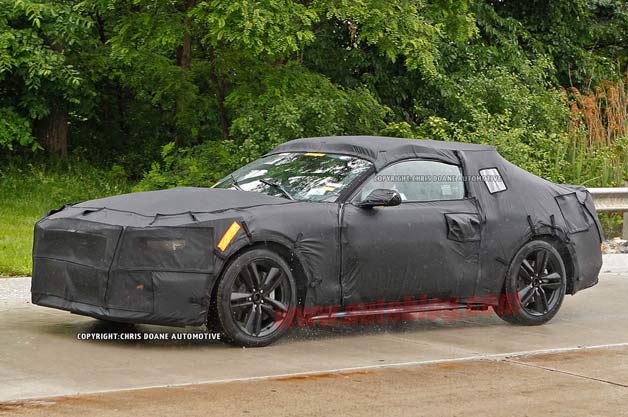
It is no off-the-cuff exercise; carmakers assign engineers to be in charge of developing bespoke camouflage for each new model. They work in conjunction with the vehicle's designers to erase character lines almost as soon as they are drawn. It is important to keep future products secret, to avoid undercutting the sales of current products and to build anticipation of the new product.
"We like to save the big splash for when things come out looking beautiful and pretty," noted chief engineer Andrew Farah, pictured above. Indeed, the hazard of premature release of not-quite-done prototypes was illustrated by the online backlash that erupted against the when unflattering photos of unfinished prototypes leaked in advance of that vehicle's debut.
Stopping that is hard to do when your product is 15 feet long and needs to be extensively tested outdoors and in public during its development. That need, combined with carmakers' tendency to rely on the same testing venues time after time create the environment for automotive paparazzi photographers who rival celebrity shooters for their ingenuity and persistence.
When the new bodywork is fitted, at first engineers cover it with hard plastic and soft foam, to bury it out of sight. Later, that has to be peeled off for more realistic testing of things like aerodynamics and wind noise, so carmakers apply checkerboard-patterned adhesive vinyl to try to "fool the eye into not seeing what is there," said Pericak.
That early bulkier padding hides the car effectively, but it also interferes with testing, especially for a fast car like the Mustang. "I can't drive 155 miles per hour with the camouflage on the car," he noted.
But even cars wrapped in padded cladding can reveal useful information about upcoming models, according to veteran lenswoman. "Window glass and rooflines are often telltale signs of things to come," she tells Autoblog.
No comments:
Post a Comment